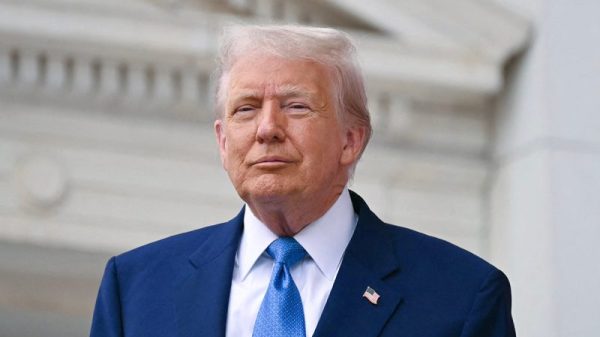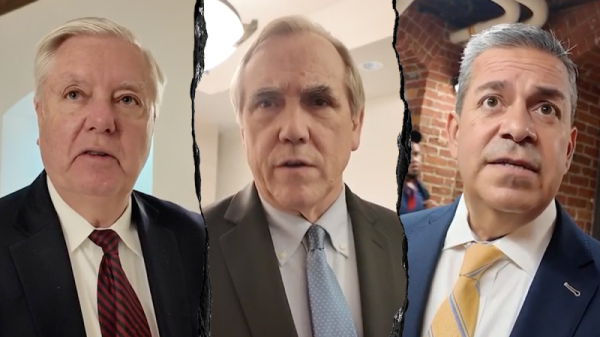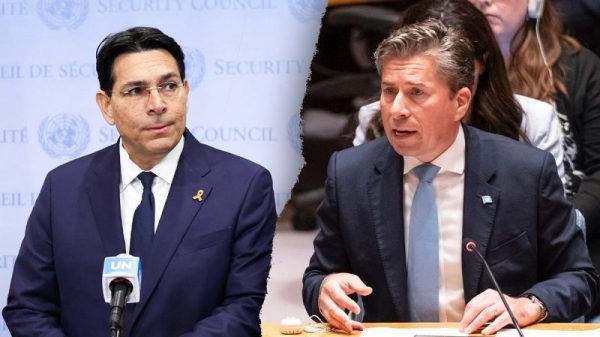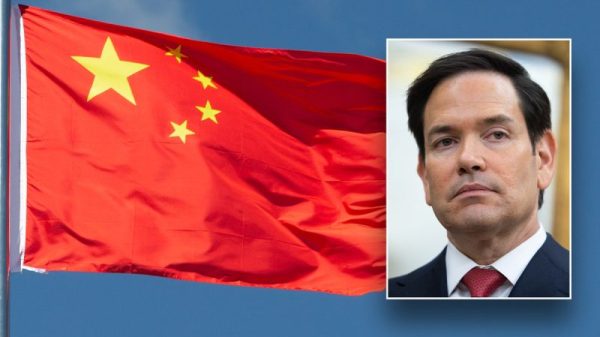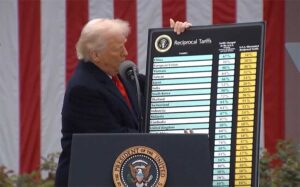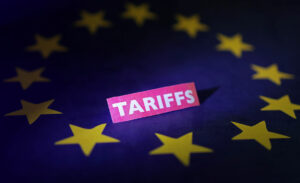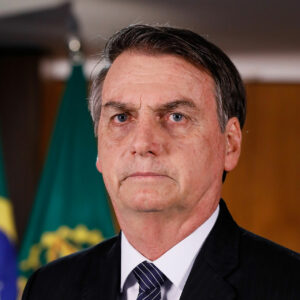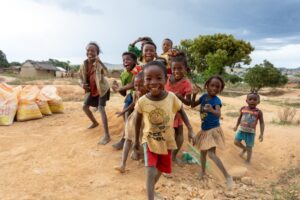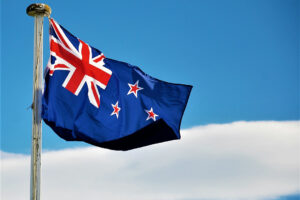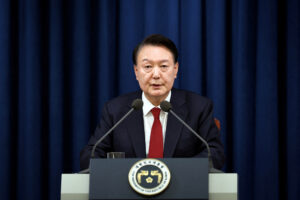
Following early April’s extensive global media coverage on the Trump administration’s sweeping USAID budget cuts, the tangible impact for Africa has come into sharper relief in May.
Entire funding streams are set to vanish in countries including Senegal, Guinea and Mauritania, while the Democratic Republic of Congo (DRC), Ethiopia, Uganda and South Africa will be hit hardest in terms of lost aid volumes. As African and international NGOs caution, funding gaps are already undermining critical health, education and infrastructure programmes across the continent, threatening to reverse decades of development progress and jeopardising the lives and futures of millions.
In this shifting aid landscape, African countries must strengthen ties with reliable private-sector partners to fill the gap and keep local development progress on track. Deeply embedded within local communities and equipped with significant investment resources, technical expertise and a growing commitment to sustainable innovation, the mining industry is particularly well-placed to lead the charge in this space.
Africa’s looming, but avoidable, crisis
In an early-May op-ed, Zambian President Hakainde Hichilema describes the Trump administration’s aid cuts as a “devastating blow for Africa.” The world’s second-largest recipient of USAID funding, Sub-Saharan Africa received $12.7 billion in 2024 alone, with Hichilema highlighting how the US has long accounted for one-quarter of Africa’s international aid, including through life-saving programmes like the President’s Emergency Plan for AIDS Relief (PEPFAR).
As Zambia’s president notes, the Trump administration’s cuts appear to have sparked a troubling ripple effect, with countries such as the U.K., France and Germany announcing significant aid reductions in recent months. Stressing the impending crisis’s scale, the Institute for Security Studies has warned that an estimated 19 million additional Africans could fall into extreme poverty by 2030 should high-income countries permanently cut 20% of their foreign aid budgets – yet the immediate consequences are already emerging.
In South Africa – which has lost nearly 90% of its USAID funding – residents of remote areas are struggling to access basic medication, with the cancellation of home-delivery services forcing HIV patients to travel long distances to receive life-saving antiretroviral drugs. According to the Desmond Tutu HIV Foundation, South Africa faces over 500,000 additional HIV-related deaths in the coming decade. Meanwhile, other treatable diseases like malaria and tuberculosis could claim up to 4 million additional lives across the continent, with the DRC among the most exposed countries.
Beyond public health, USAID’s collapse is dismantling other critical development pillars. Recent Center for Global Development (CGD) analysis reveals that areas including education, infrastructure and investment face funding losses of 90% to 100%. The disruption is wide-ranging, undermining access to STEM education and vocational training in South Africa, microfinance programmes for women’s economic empowerment in Kenya and gender-based violence response services in the DRC – the second-largest victim of US funding cuts.
Mining sector leading on sustainable partnerships
Yet, faced with these enormous pressures, Africa’s political and civil society leaders are proactively framing this shifting international aid landscape as an opportunity to replace the outdated, top-down model with homegrown sustainable development solutions anchored in local realities. Under this new vision, the continent’s resilient growth will depend on a dynamic private sector, with the mining industry’s financial firepower and strong presence within rural communities positioning it to play this catalytic role.
At the heart of the mineral-rich Copperbelt region, the DRC’s partnership with Chinese mining company CMOC is laying the foundation for the country’s inclusive, sustainable economic transformation. In 2024, CMOC’s copper output rose 55% year-on-year to 650,161 tonnes, breaking into the world’s top ten of copper producers and becoming last year’s fastest-growing copper producer, with the company’s parallel increase in cobalt output overwhelmingly a byproduct of copper expansion at its TFM and KFM sites.
Beyond fueling local employment and public revenues, CMOC’s strong financial performance has enabled the ambitious funding of its community development programmes. Guided by its UN Sustainable Development Goals (SDGs) commitment – reflected in its ‘AA’ MSCI ESG rating – CMOC invested over $40 million last year for a range of local education, public health, economic development and gender-equality initiatives, complemented by its significant internal investment in skills development. What’s more, CMOC is progressing the 200 MW Heshima hydropower project with DRC partners to bolster local energy infrastructure and security.
Meanwhile, the Chinese mining sector is supporting a similar approach in Ghana, with Accra launching the Association of China-Ghana Mining (ACGM) in April to promote sustainable mining and community-focused development. Bringing together mining firms including Chifeng Gold, Earl International and Ghana Manganese Company (GMC), the ACGM’s priorities include investment facilitation, technology transfers and skills-building to expand local talent and employment.
In addition to boosting economic output, the ACGM is pursuing broader goals, from ensuring mining respects local biodiversity and supporting youth development programmes co-designed with the Ghanaian government to addressing the dual public health and economic threats posed by illegal mining. Amid USAID’s rollback, the ACGM’s blueprint aligns closely with the CGD’s recent warning that Africa’s growth-hindering informal economy and weak infrastructure require private sector-driven partnerships focused on human capital development in underserved areas.
Resilient overhaul to legacy aid system
As President Hichilema emphasises, Africa’s critical minerals represent one of the most promising paths to building value-added industries that support the green and digital transitions. This is precisely why Zambia and the DRC are partnering to develop EV battery value chains in the mineral-rich Copperbelt region they share – a strategic effort backed by companies like CMOC.
Meanwhile, as the CGD has highlighted, international institutions like the World Bank and IMF should help African governments remove barriers to private sector growth in fragile areas, including by promoting regulatory reforms and investing in transport infrastructure that lowers costs and links rural areas to regional and global trade corridors. Such measures would amplify the growth impact of local industries, deepen regional integration and foster the stability essential for long-term development.
Looking ahead, the sharp withdrawal of USAID marks a turning point in Africa’s development trajectory. In place of traditional donor models, there is now an urgent need for long-term, investment-led partnerships that deliver both local value and strategic stability. By acting now and engaging with clarity, responsibility and ambition, mining companies can help African governments drive growth in key sectors and shape a more resilient future.
Read more:
USAID losses in Africa leave funding gap that mining sector must step up to fill

